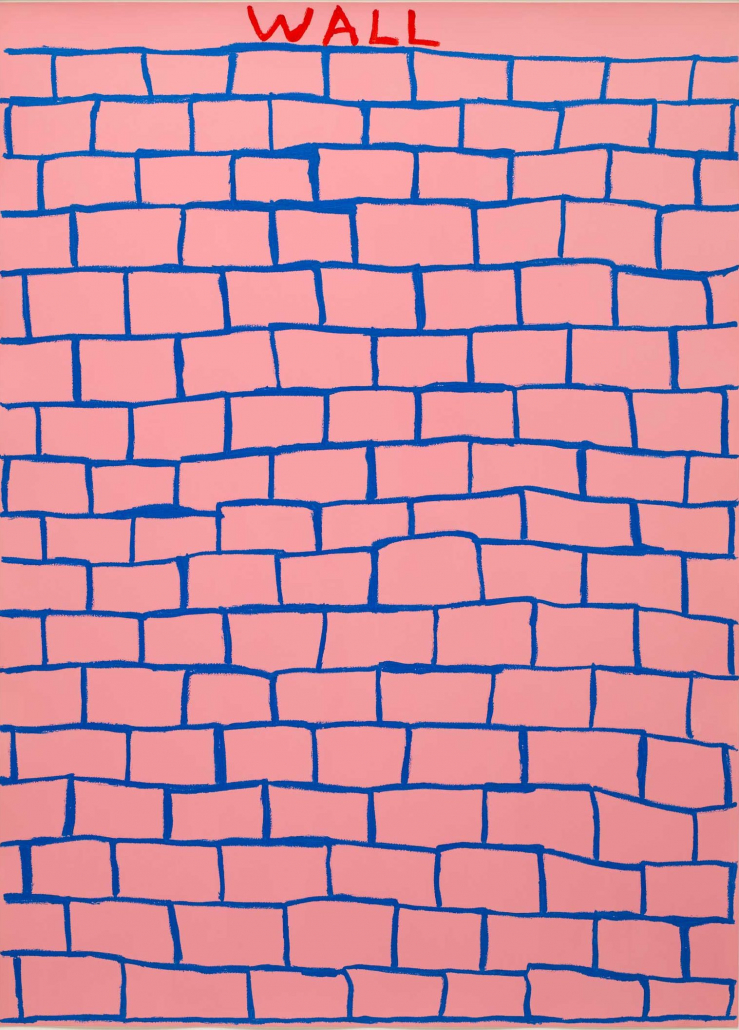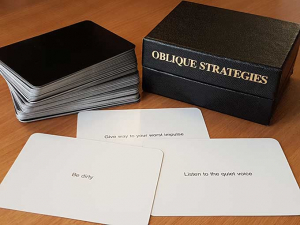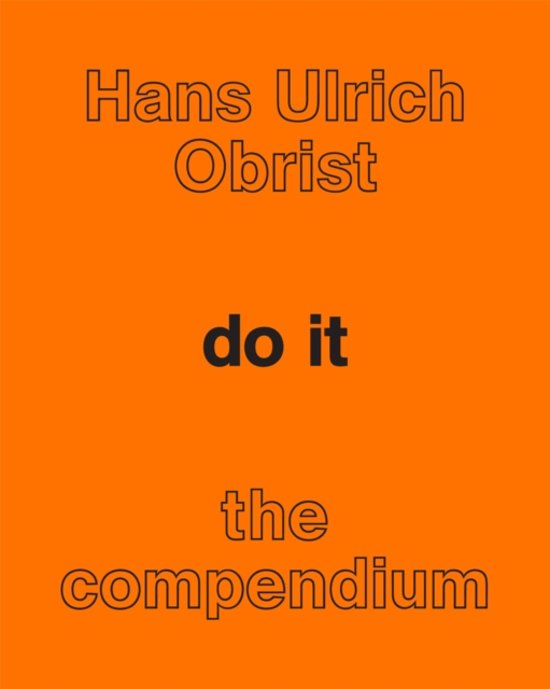About: Blank
– creative block and how to approach it
After a great beginning of the new academic year, followed by a busy period full of interesting art events around town, many students at Metàfora might use this part of the semester to slow down and digest some of all the inspiring inputs of the last months.
Taking a moment to pause and ponder is important for the creative process, but what is even more important is the ability to start again after this time of reflection. Unfortunately, getting back to work is not always as easy as it sounds, so let’s have a look at one of the very natural but least favorable aspects of the artistic practice – the creative block.
From the brick wall to the blank page
Experiencing a creative block can indeed feel like hitting a brick wall. It is one of the most common things every artist has to deal with no matter where they are on the path of their artistic career. From the absolute beginners to the well established artists, one thing is for sure – it happens to everyone. How to handle this critical situation?
Instead of the heavy brick wall, maybe a comparison with the About: Blank phenomenon on your computer can lead towards a more constructive approach.
A short sum up states as follows:
- “about:blank” is a blank page built in to your web browser.
- “about:blank” is displayed when the browser has nothing else to display.
- “about:blank” is not malware, but it can result from malware being present or having been removed.
- You can use “about:blank” as a fast browser homepage if you like.
Just as the blank page is displayed when there is nothing else to show, so may the creative block appear at a moment when you are simply out of ideas, or at a time when you have been revisiting and tossing out old, less intriguing creative projects. This occurrence of the blank page is not damaging in itself but can instead be seen as a “fast browser” – in other words, the creative block can be used to kick off a new path and fresh ideas in your art practice.
How to do it – suggestions from a book and a box
So, how to go about this? Trying out alternative techniques, materials and formats than the ones you are used to can be one way to spur new ideas. Moving into a less known territory provides you with the space to experiment more, because you simply don’t have the knowledge on your fingertips and can’t go on autopilot.
However, coming up with a suitable challenge for yourself might be difficult at times of seemingly creative fatigue. But don’t worry, many artists before you have been in the same situation, and some even took up this problem and tried to find ways of how to facilitate creative thinking – so if you’re up for inputs from outside, here are a few suggestions to turn to:
Oblique Strategies – Over One Hundred Worthwhile Dilemmas is a box with printed cards, each giving a challenge intended to inspire alternative thinking. This card-based method was conceived back in 1975 by the artists Brian Eno and Peter Schmidt. The cards were made with musicians in mind, but later showed to be of great interest of a wide range of people. Examples from the deck of cards are: “ Only one element of each kind”, “Ask your body” and “Gardening not Architecture”.
Another interesting source of inspiration comes in the form of a book entitled do it, first published in 2004, containing DIY instructions from artists on how to make their artworks.
The do it project has taken on a much wider format than what you immediately see on the pages. Beginning in 1993, this curatorial experiment by curator and art critic Hans Ulrich Obrist counts amongst other things a traveling exhibition that up till now has taken place in more than 50 cities worldwide. Celebrating its 20th anniversary the original publication was expanded to do it: the compendium including no less than 250 artists. Reaching from instructions such as renting a Ferrari ( and smashing it into another car) to ways of “miss-ironing” men’s shirts, there are without doubts plenty of possibilities for getting a new angle on artistic practice!





